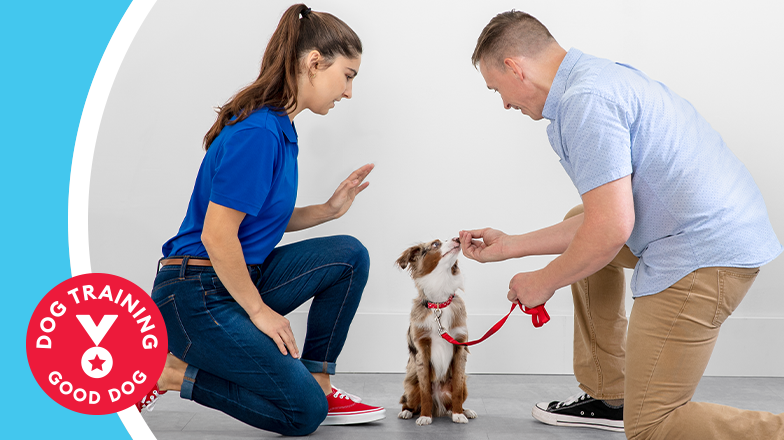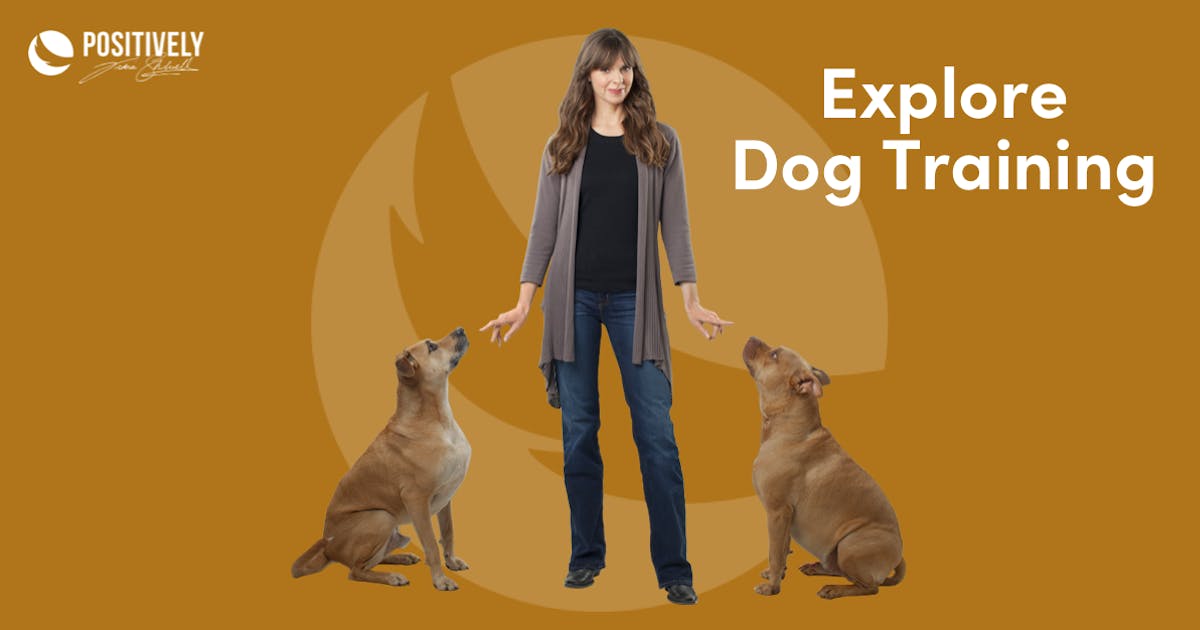Expert Dog Training Services to Help Your Pet Learn New Skills
Expert Dog Training Services to Help Your Pet Learn New Skills
Blog Article
Transform Your Pet's Behavior With Proven Training Approaches
Changing your pet dog's behavior requires a nuanced understanding of their specific characteristics and requirements, as well as the application of proven training techniques. Uniformity in your training strategy not just improves obedience but likewise fosters a much deeper bond of trust fund and regard between you and your family pet.

Comprehending Pet Habits
Understanding pet actions is crucial for effective training and communication between people and their canine friends. Pets, as social animals, display a range of actions affected by genes, setting, and experiences. Acknowledging these behaviors aids owners tailor their training approaches to fulfill the details demands of their pets.
Trick elements of dog actions consist of body language, vocalizations, and social communications. For instance, a wagging tail frequently suggests excitement, while a decreased head might signify submission or anxiety. Recognizing these signals can help owners analyze their pet's mood and respond suitably. Additionally, socialization plays a crucial role in shaping behavior; pet dogs that interact positively with other pets and various people are usually more versatile and well-adjusted.
Furthermore, identifying anxiety signals-- such as panting, avoidance, or pacing actions-- can stop acceleration into a lot more severe problems. Proprietors that are in harmony with their pet's behavior can create a nurturing and risk-free environment, promoting count on and enhancing the training process. Ultimately, a deep understanding of canine actions lays the foundation for a harmonious relationship and efficient training results, ensuring both pet dogs and their proprietors prosper together.
Positive Reinforcement Techniques
Positive support techniques are widely identified as one of one of the most effective approaches for training pet dogs, fostering a positive understanding setting. This approach includes rewarding preferred actions with treats, praise, or play, therefore encouraging the pet dog to duplicate those behaviors (Dog training). Unlike punishing methods, favorable support builds depend on and reinforces the bond between the fitness instructor and the pet
To execute favorable support effectively, timing is essential. Incentives should be offered immediately following the preferred actions to help the pet dog make the link. Uniformity is additionally essential; making use of the same commands and benefits assists the pet dog recognize what is anticipated. Additionally, differing the incentives can keep the canine engaged. For instance, rotating between treats, toys, and verbal praise can maintain interest and motivation.
It is essential to keep in mind that favorable reinforcement is not about bribery; instead, it has to do with reinforcing good actions. Gradually, as the pet dog learns to associate details activities with positive outcomes, the regularity of benefits can be gradually minimized, transitioning to verbal praise or recurring incentives. This approach not just urges obedience yet additionally advertises a certain and delighted canine, making training a more pleasurable experience for both parties entailed.
Attending To Common Concerns
Addressing typical problems during pet dog training is vital for ensuring a successful and unified partnership between the pet and its proprietor. Lots of dog proprietors experience behavior difficulties, such as too much barking, jumping, and chain pulling. Recognizing the root triggers of these actions is essential for effective training.
To mitigate this, offer enough physical exercise, mental stimulation, and chances for social communication with both human beings and other pet dogs. Training the pet to sit upon greeting can reroute this actions favorably.
Leash pulling is another prevalent issue, often arising from a pet dog's passion to check out. Utilizing proper from this source leash dealing with methods, combined with training protocols that urge loose-leash strolling, can dramatically boost this actions.
Additionally, problems like resource guarding or splitting up anxiousness need tailored strategies. Steady desensitization and counter-conditioning can be reliable in dealing with these obstacles. By identifying and proactively taking care of these typical problems, dog proprietors can promote a more pleasurable training experience and strengthen the bond with their canine friends.
Uniformity in Training
Consistency is a keystone of efficient canine training, as it establishes a clear structure for the dog to understand assumptions and behaviors. When signs, commands, and rewards are applied evenly, canines can find here quicker understand what is called for of them. Inconsistent training can cause confusion, leading to unwanted actions that irritate both the trainer and the pet dog.
To achieve uniformity, it is vital that all members of the household comply with the very same training methods. Using the very same verbal cues and hand signals makes sure that the canine gets consistent messages. Additionally, the timing of incentives and corrections need to correspond; instant support boosts the possibility that the pet will certainly associate the behavior with the result.
In addition, developing a regimen can further enhance consistency. Routine method sessions, combined with organized routines for feeding, strolling, and play, aid dogs anticipate and understand their atmosphere, making them extra receptive to training. Ultimately, consistency fosters a complacency and trust fund, encouraging pets to get more information effectively. By committing to an organized strategy, trainers can advertise favorable habits modifications and cultivate a genteel companion.
Building a Solid Bond
How can cultivating a strong bond in between a canine and its proprietor improve the training experience? When a dog feels secure in its connection with its proprietor, it is much more most likely to exhibit favorable behaviors and be responsive to learning.

Furthermore, a reputable link can minimize see this here stress and anxiety and behavior problems, as canines are less likely to act out when they feel understood and cared for. Prioritizing the advancement of a strong bond not only enhances the training experience yet additionally contributes to a happier and extra well-adjusted dog. Ultimately, the trip of training changes into a collaborative collaboration, bring about lasting behavior enhancements.
Verdict

Owners who are attuned to their pet dog's behavior can develop a risk-free and caring setting, cultivating trust and improving the training process. Ultimately, a deep understanding of canine habits lays the structure for an unified connection and efficient training outcomes, guaranteeing both dogs and their owners flourish with each other.
Dealing with usual issues during pet training is crucial for ensuring a harmonious and effective partnership between the pet dog and its proprietor (Dog training).Consistency is a cornerstone of reliable pet training, as it establishes a clear framework for the canine to recognize behaviors and expectations.In conclusion, transforming a pet dog's actions through shown training approaches calls for an understanding of canine behavior, the application of positive support techniques, and an emphasis on uniformity
Report this page